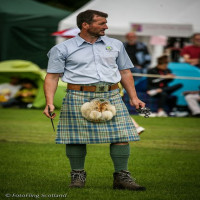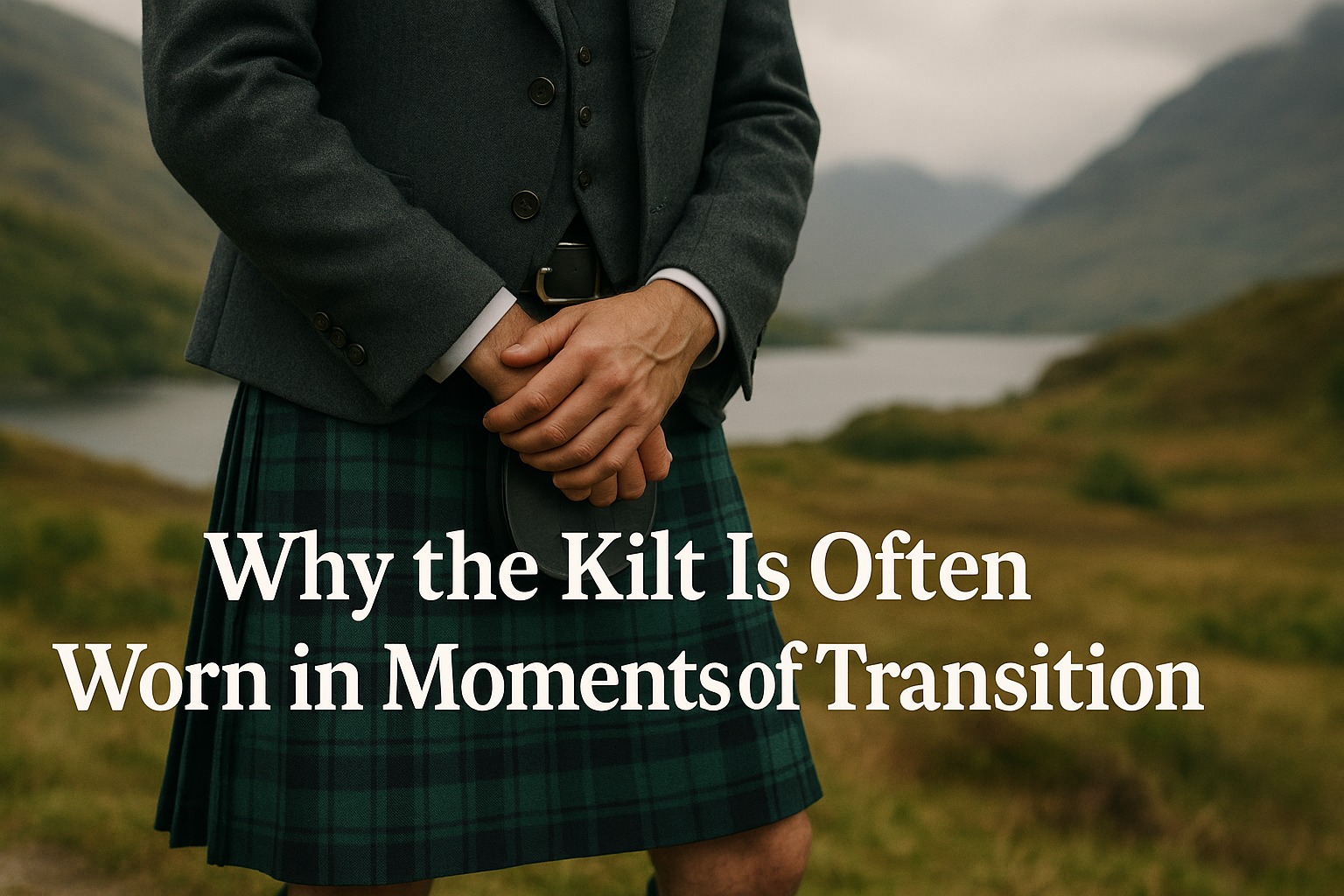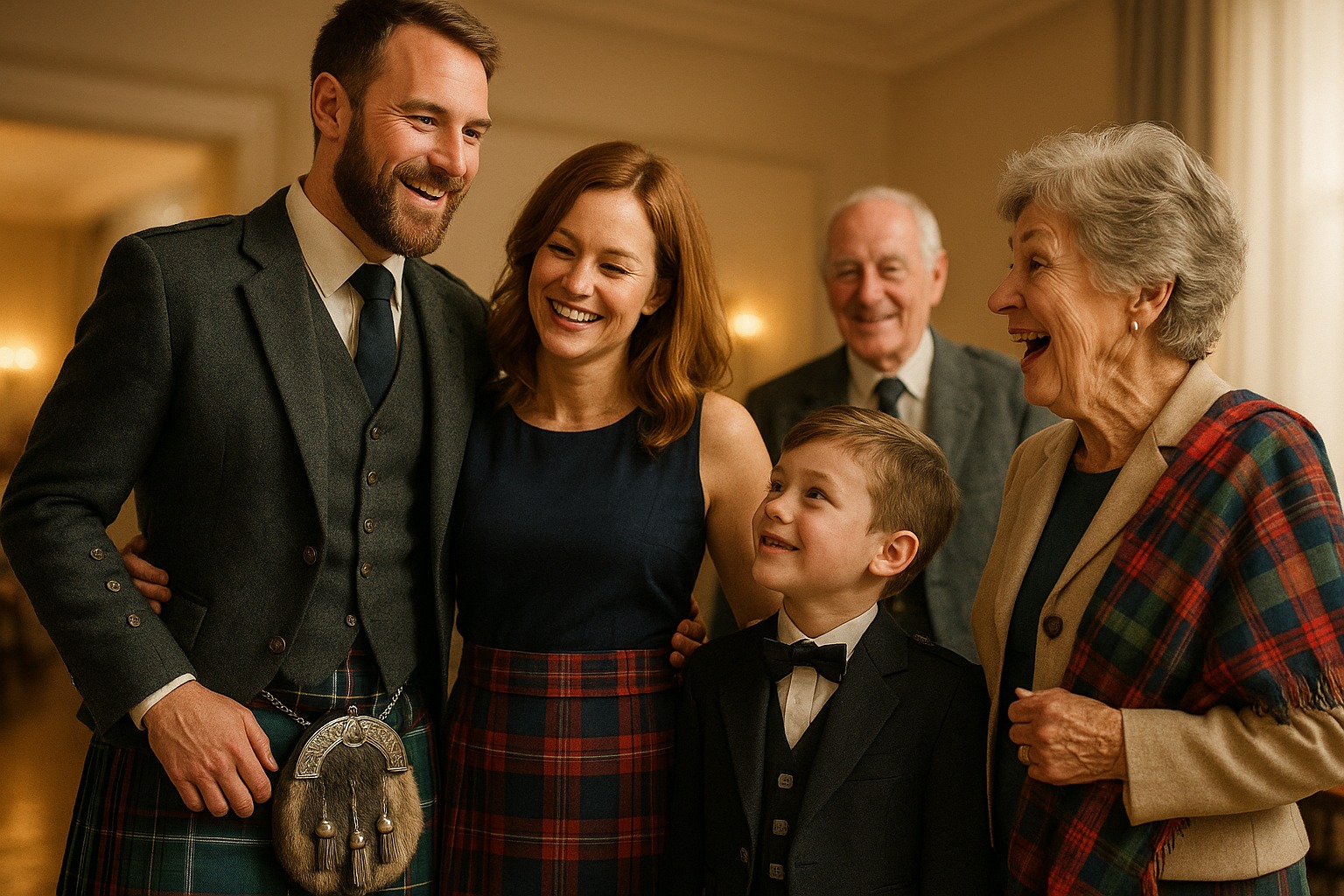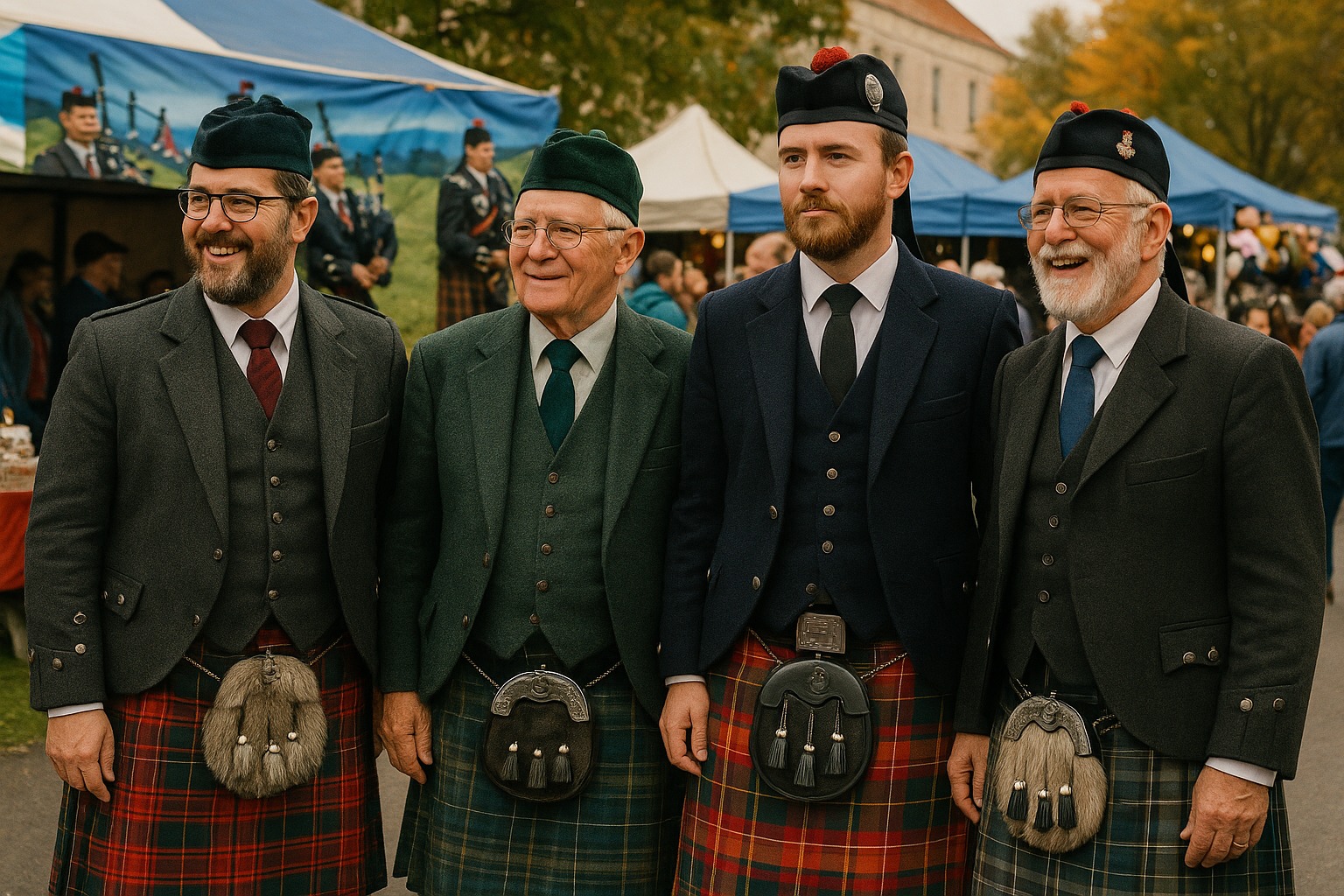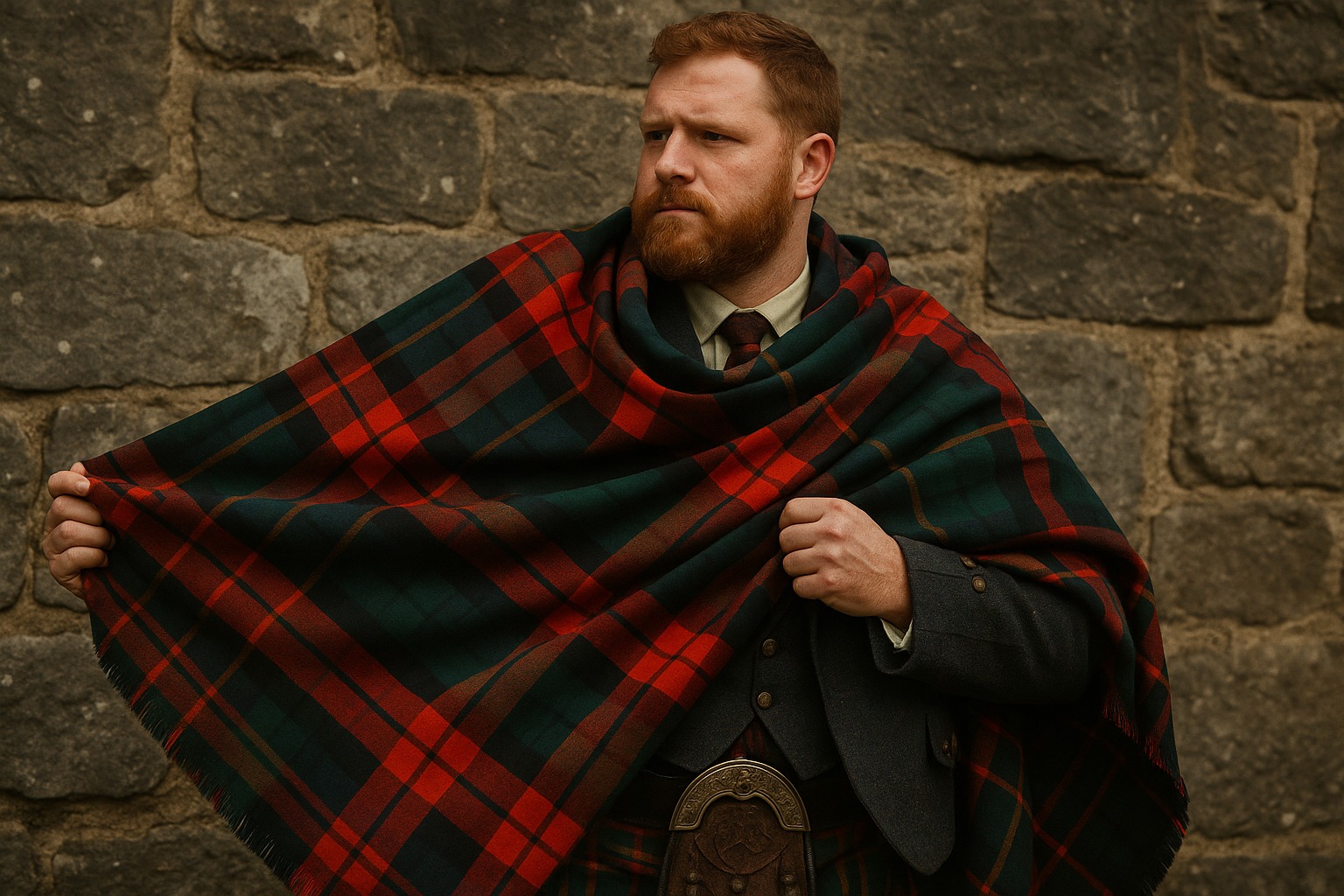Where Do Highland Games and Kilts Intersect Culturally?
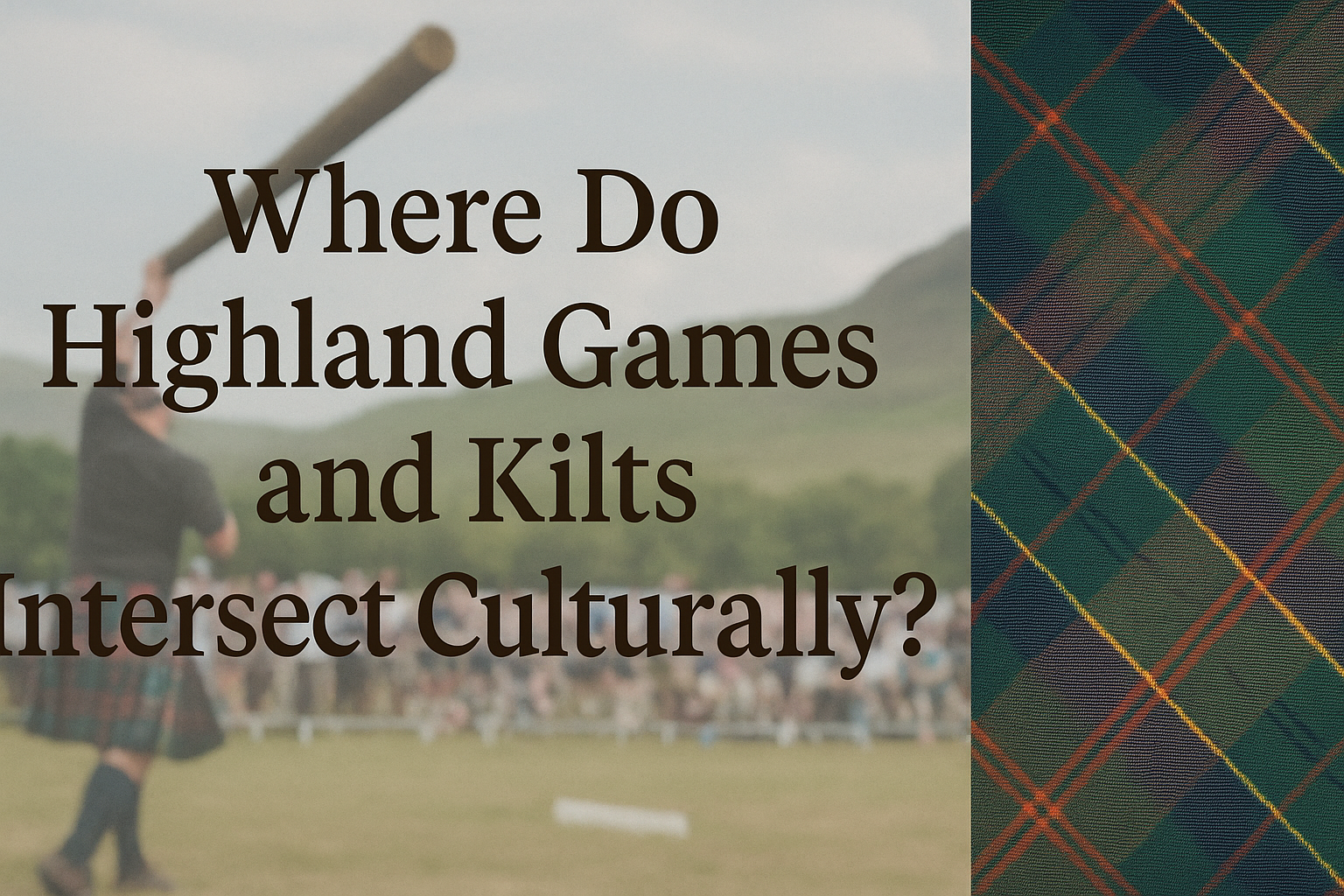
Strong 8k brings an ultra-HD IPTV experience to your living room and your pocket.
Introduction: Where Strength Meets Symbolism
The Highland Games are one of Scotland’s most distinctive cultural expressions—a blend of athleticism, pageantry, music, and deep-rooted heritage. With origins tracing back centuries, these gatherings are far more than competitive events; they are celebrations of Scottish identity. Central to this celebration is the presence of the kilt. From the athletes tossing cabers to pipers leading processions, the kilt isn’t just clothing. It’s culture in motion.
This article explores the cultural intersection of kilts and Highland Games—how they reinforce one another, how they've evolved together, and why their pairing continues to resonate not just in Scotland, but around the world.
________________________________________
1. Historical Roots of the Highland Games
The Highland Games are believed to have originated in the 11th century, possibly during the reign of King Malcolm III. Initially, they were used to select the strongest men for military and clan service. Over time, these gatherings became formalized festivals celebrating clan unity, heritage, and strength.
Though the athletic components (e.g., stone put, hammer throw, caber toss) are the main draw, the presence of kilts has always been more than aesthetic. Kilts linked participants to their clans, and games often served as the few public opportunities for Highlanders to display their tartans before the Dress Act banned them in 1746.
________________________________________
2. Kilts as Identifiers and Unifiers
At Highland Games, kilts serve a dual purpose: they distinguish and unify. Different clans and families often wear their specific tartans, making it easy to see who belongs to whom. Yet, despite the variety, the presence of kilts unites all participants under the shared banner of Scottish tradition.
This is particularly powerful in the diaspora, where Highland Games become annual pilgrimages for cultural preservation. A sea of tartan becomes a visual symphony of identity, linking generations to a shared homeland.
________________________________________
3. Kilts in Athletic Competition
It might surprise some that competitors actually wear kilts while throwing massive weights or balancing towering cabers. But it’s tradition. And not just for show. For many athletes, the kilt is part of the ritual of readiness.
Wearing the kilt in competition is a source of pride and often superstition. For many, it's about honoring the ancestors who wore it before them. The movement of the kilt as an athlete spins or sprints adds drama to the moment, connecting grace and power in a uniquely Scottish form.
________________________________________
4. Music, Dance, and the Kilted Aesthetic
Highland Games aren’t just about feats of strength. They are cultural festivals, complete with Highland dancing, piping, and singing. These performances are inseparable from the kilt.
Highland dancers wear kilts with specially tailored outfits, emphasizing movement and tradition. Bagpipers, often the heart of ceremonies, wear full Highland dress. The music and motion elevate the kilt from costume to ritual garment, grounding performance in cultural memory.
________________________________________
5. Global Spread of Kilts Through the Games
From Canada to New Zealand, Highland Games have taken root globally. In each of these diaspora settings, the kilt has traveled alongside. It becomes both a marker of Scottish pride and an invitation for cross-cultural participation.
Local adaptations have emerged: games may include regional foods, multilingual announcements, and even blended tartans. But the kilt remains the anchor of authenticity, visually tying the event back to its Highland roots.
________________________________________
6. Gender and the Modern Kilt
Traditionally worn by men, the kilt at Highland Games is increasingly worn by women as well—in competition, dance, and ceremony. This shift reflects a broader evolution in Scottish cultural identity.
The modern kilt is now a symbol of inclusivity. Whether worn by a 70-year-old caber tosser or a 7-year-old dancer, it speaks to a living tradition, not a frozen relic.
________________________________________
7. Commercialization and Authenticity
With growing popularity, some worry that the Highland Games and kilts risk becoming commodified. Souvenir kilts, mass-produced tartans, and staged pageantry raise questions about authenticity.
Yet, even in commercial contexts, the kilt retains symbolic power. When worn with understanding and respect, even a rented or purchased kilt can help someone feel connected to a deeper narrative.
________________________________________
8. The Emotional Resonance of Tartan
To attend a Highland Game is to experience emotion through texture. When families watch children march past in tartan, or when elders stand for a lone piper, the kilt becomes a trigger for memory. It holds stories, hopes, grief, and pride.
In this sense, the kilt at the Highland Games becomes not just cultural but spiritual attire. It reminds people who they are, where they come from, and what still connects them.
________________________________________
Conclusion: Two Traditions Woven Together
The Highland Games and the kilt are not just coexisting traditions; they are mutually reinforcing pillars of Scottish identity. Each makes the other more vivid, more rooted, more meaningful.
The Games offer a living stage on which the kilt can move, shine, and declare its purpose. And the kilt, in turn, offers the Games a sense of history and visual unity. Together, they are heritage made visible.
Wherever a caber is tossed and a kilt swings in the Highland air, Scotland lives on—boldly, proudly, and in motion.
Note: IndiBlogHub features both user-submitted and editorial content. We do not verify third-party contributions. Read our Disclaimer and Privacy Policyfor details.

